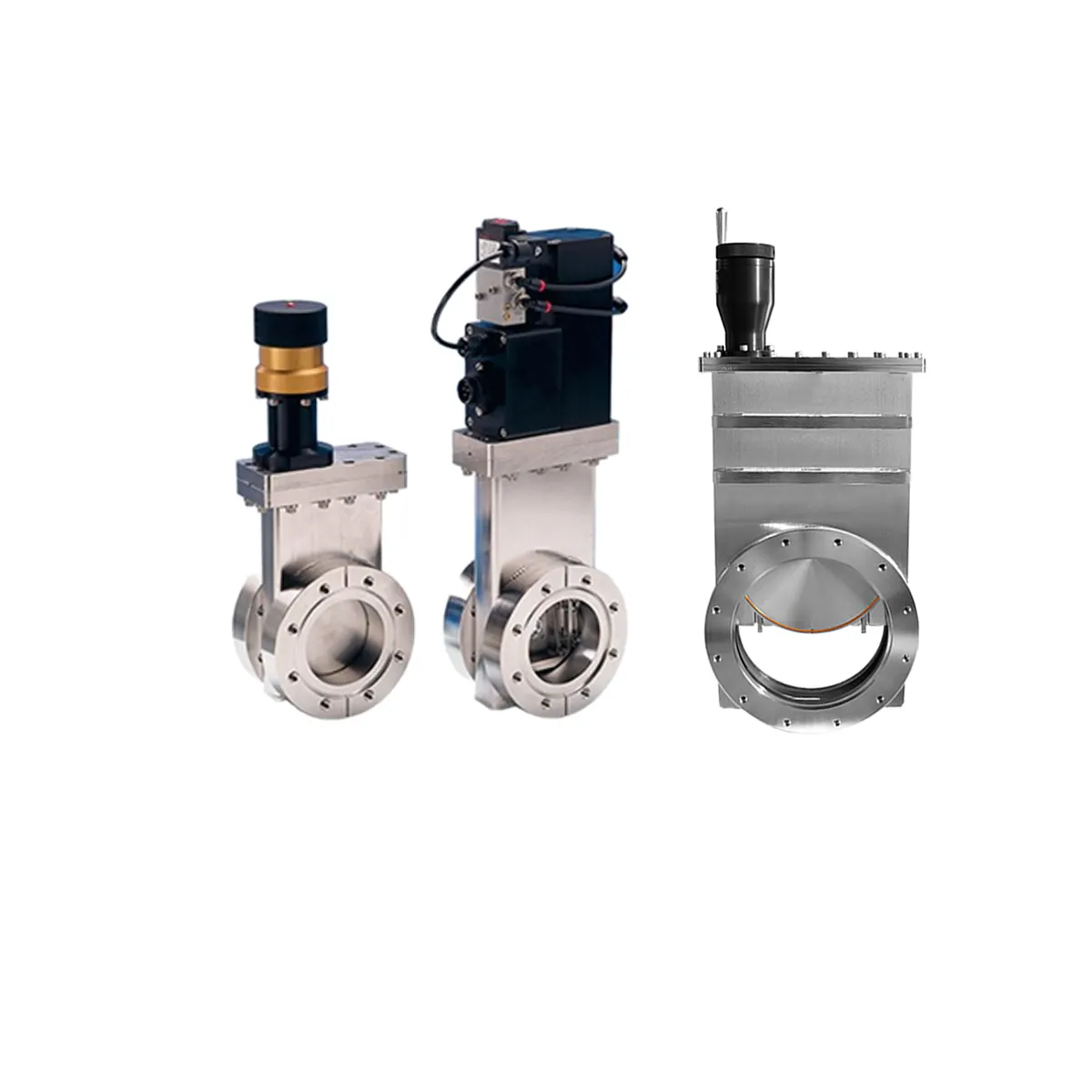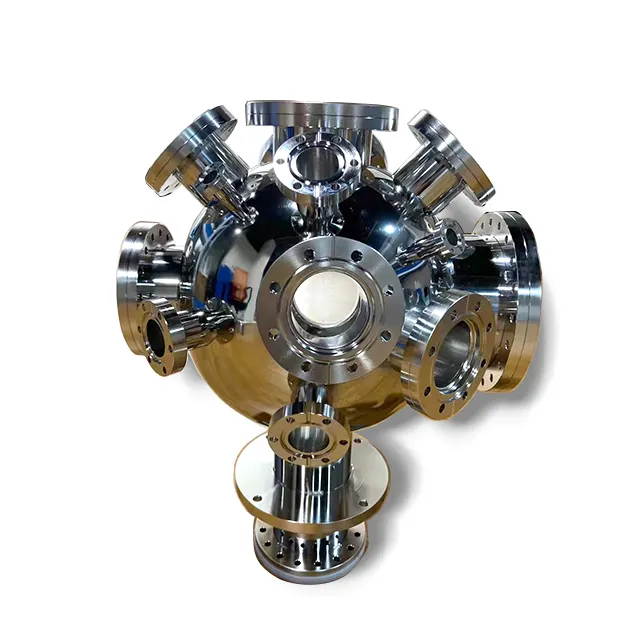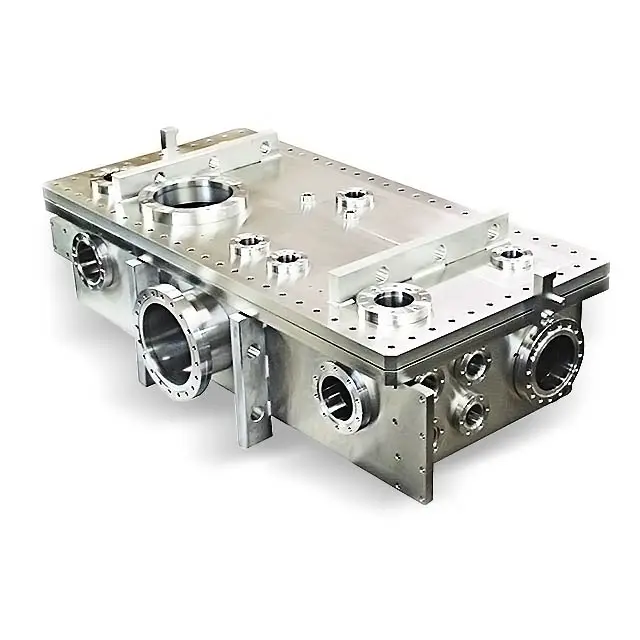vacuum tube valve
A vacuum tube valve, also known as an electron tube, is a sophisticated electronic component that controls electrical current flow through a vacuum-sealed glass or metal enclosure. This device operates by heating a cathode to emit electrons, which then flow through the vacuum to an anode under specific voltage conditions. The vacuum tube valve's fundamental design includes several key components: the cathode (electron emitter), anode (electron collector), and often additional elements like grids for current control. These components work together to amplify electrical signals, switch current flow, and regulate voltage in various applications. The technology behind vacuum tube valves revolutionized electronics in the 20th century, particularly in audio amplification, radio transmission, and early computing systems. Despite the advent of solid-state electronics, vacuum tube valves remain highly valued in specific applications, especially in high-end audio equipment, where they are prized for their unique sound characteristics. The valve's ability to handle high voltages and power levels, coupled with its natural harmonic distortion properties, makes it particularly suitable for guitar amplifiers and professional audio equipment. The technology continues to evolve, with modern manufacturing techniques improving reliability and performance while maintaining the distinctive qualities that make vacuum tube valves irreplaceable in certain applications.


